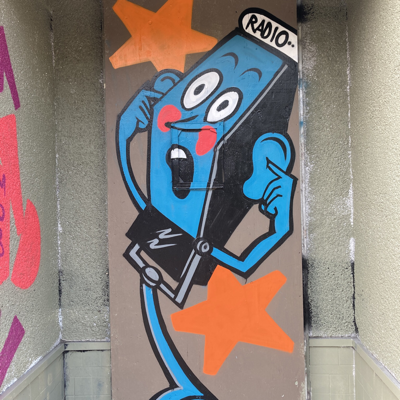This is what the whole 800mm gets me out of the RF 200-800.
To the astonishment of people who have never tried to take a picture straight at the moon before, this is only a 1/800 sec exposure at ISO-100. The normal rules about nighttime sky photography don’t apply for the moon on a clear night, because it’s lit by direct sunlight.
I love this. Thanks for sharing!
Zero… I did the AM/PM thing.
Happy to look at all your pictures though.
I can’t see it where I’m at but I’m gonna try to get a picture of Saturn probably tonight with my telescope, I’ll be traveling to a bortle 4 zone for another reason and the sky isn’t dark where I’m at so this will be my best chance size Saturn is the closest this month, the moon is bright and full and so there will be a little bit of glare from it but its as close as I am getting to a good opportunity for it, I will have to take a video and stack the images most likely to get a picture that has visible rings
@dual_sport_dork Cloudy
For a normal moon that is true, but just the other day there was a lunar eclipse and i almost couldn’t see it by naked eye! It was also moving quite fast in the sky, so i had to compromise with a 1s exposure at 3200 ISO. Earth’s shadow was also slowly moving away so each minute the contrast between the lightened and darkened parts of the moon was increasing. I used a 300mm, the longest i got. There was also a lot of light pollution, i think that’s why the sky appears so bright in the image, while in reality it was quite dark.

Is that what was going on? I noticed a blood moon-eqsue effect the other night but I figured it was just due to it rising through wildfire smoke or whatever, as usual.

cooooool

With 1000mm Soviet mirror lens
The moon was partially eclipsed yesterday here in the Netherlands, but unfortunately I didn’t get too good of a shot due to cloud cover, buildings in the way, and not a lot of time to dial in the settings. I think this was the best one, but sadly it wasn’t red anymore like it was earlier during the eclipse. Not sure how well it’ll translate to here, but if you zoom in enough you see that my attempt at sensor shift super resolution failed because the moon was going too fast, leading to some funky grid-like artifacts.

Camera: Olympus EM-5 Mark II, lens was the 40-150mm (80-300mm full frame equiv.) plastic fantastic zoomy boy at full zoom. F/5.6, 1/100, ISO 200.
Are you using 1/800 to deal with the movement? I was surprised by how much it moves when I took an astronomy class in college. When I worked in TV at some points I controlled a camera on our tower and if the weather folks wanted a big image of the moon I’d constantly have to adjust the aim right up until it was on air.
Personally I like the exposure on the moon to be a little brighter so I’d probably bump the ISO up a little if it needs the fast shutter, or the aperture if it can open up any more. Nothing wrong with your photo, of course, just a personal preference.








